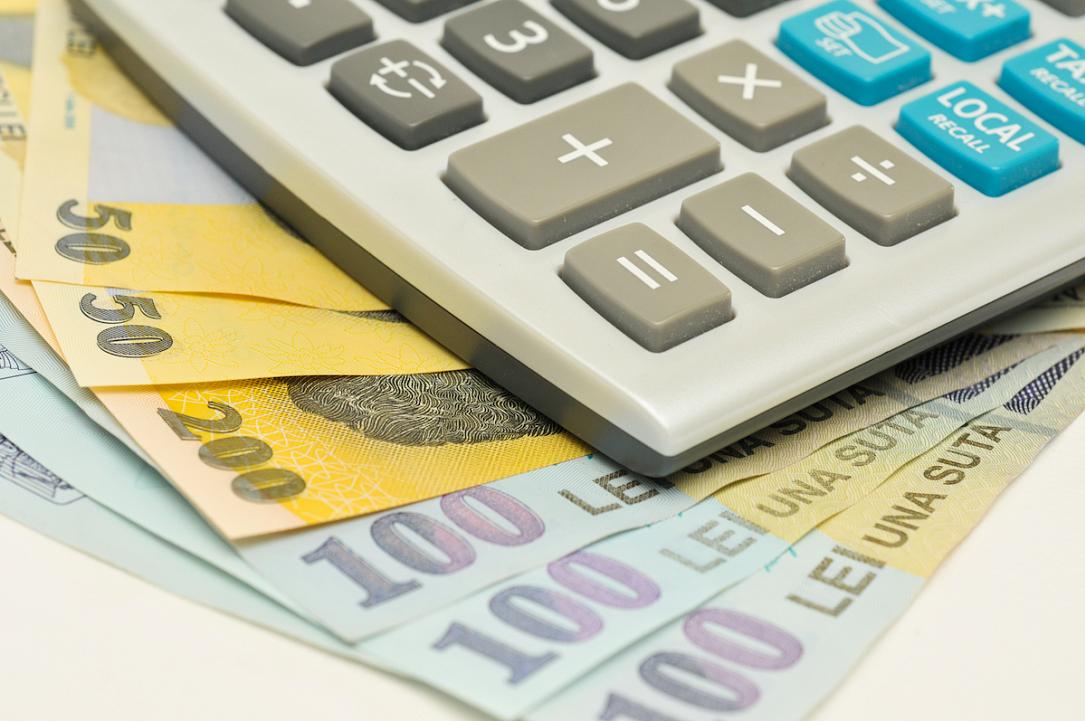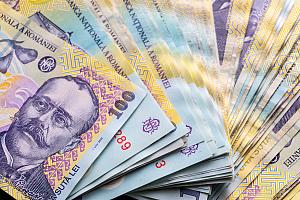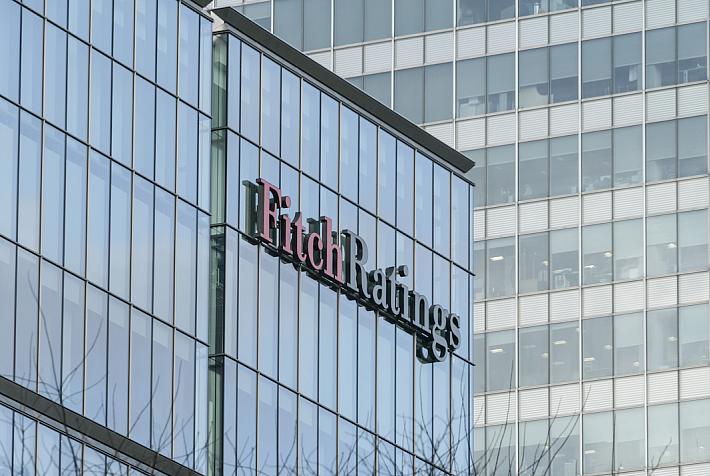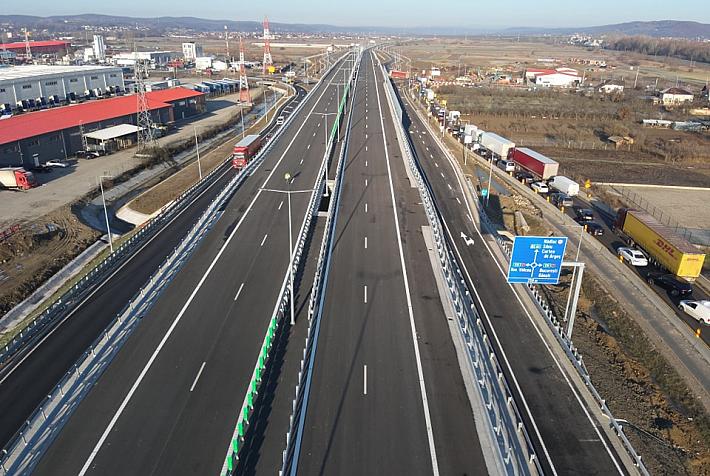Romania’s public debt tops 50% of GDP after USD 4 bln FX bonds in January

Romania’s gross public debt increased by RON 19.5 billion (EUR 3.9 billion) in January to RON 801.7 billion (EUR 161.1 billion) at the end of the month after the government issued USD 4 billion FX bonds.
The debt to GDP ratio edged up to 50.2% at the end of January from 48.9% at the end of 2023, but the figure will be revised downwards, probably below 50%, after the Q1 GDP is released and the 12-month rolling GDP used to calculate the ratio is updated.
Out of the total public debt, 48% (24% of GDP) is internal debt and 52% (26.1% of GDP) is external debt.
Romania managed to keep its debt-to-GDP ratio under 50% of GDP since 2020 – which marked the latest sharp deterioration of the country’s public indebtedness, driven by the wide public deficit and economic slowdown prompted by the financial crisis that accompanied the COVID-19 pandemic.
A combination of inflation and/or significant economic increase pushed up the nominal GDP, accommodating relatively wide public deficits that needed substantial financing. The public debt rose by some EUR 20 billion per year, on average, during 2020-2023, and this may continue in 2024 considering a public deficit of nearly 6% of GDP.
The debt-to-GDP ratio will consequently remain around 50% of GDP.
In the latest Fiscal-Budgetary Strategy, the government estimates an indebtedness level of 48.7% of GDP for the end of 2024, followed by 49.9% of GDP in 2025 and 50.6% of GDP in 2026, Profit.ro reported.
iulian@romania-insider.com
(Photo source: Alexandru Marinescu/Dreamstime.com)













